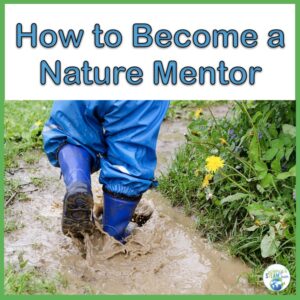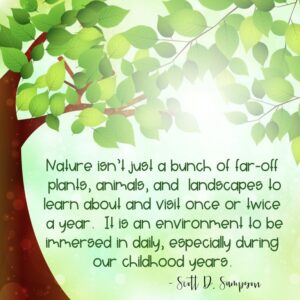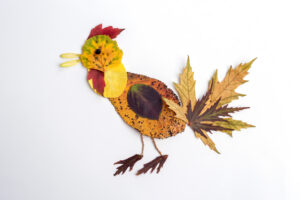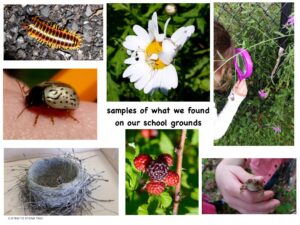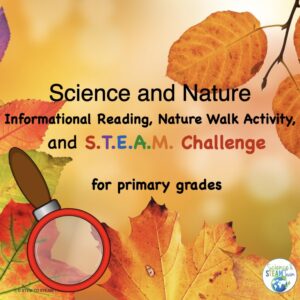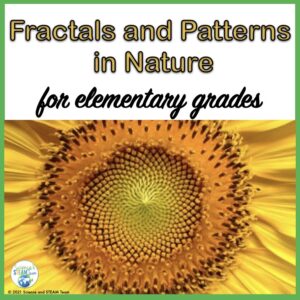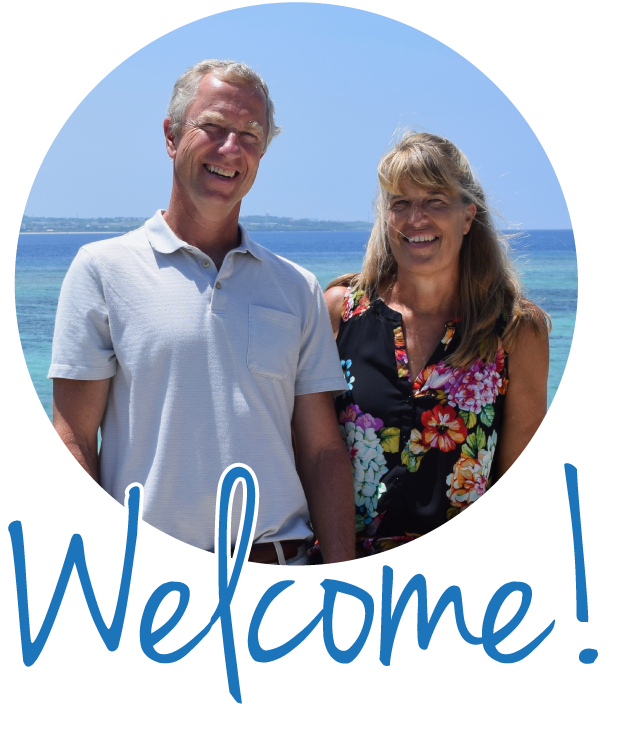Why Explore Nature with Children?
Now, more than ever, getting outdoors and exploring nature is essential.
We all know most people are spending far too much time in from of screens. The Center for Disease and Control and Prevention (CDC) reports that children ages eight to ten spend an average of six hours a day in front of a screen while kids eleven to fourteen are connected to a screen an average of nine hours a day! Amazingly, these figures don’t include time on the computer doing school work. This is not healthy.
Studies show that being outside has many benefits. It has been shown to reduce stress. Thus, reducing heart rate and blood pressure. People that spend time out in nature report that they feel a better sense of well-being than those who don’t.
Besides having health benefits, if we don’t help children connect with nature, how will they help protect the natural resources we have left?
Your Fondest Childhood Memories
What are your best memories from childhood? Close your eyes for a minute and think about this. My fondest memories include digging in the dirt in my backyard then making mud soup and pies. Some of these concoctions had handfuls of grass mixed in and were decorated with pebbles. I also loved playing in the field across the street with friends, climbing on trees, picking berries, and searching for old, colorful bottles. As I got older, we could venture out and ride our bikes to the town park a couple of miles away and feel the breeze in our hair as we flew down the hill. My friends and I spent many hours inner-tubing down the local creek!
Without a mentor, most children today won’t have the same type of memories.
Exploring Nature with Children
If you have read our other posts, Our Walkabout Experience in the Blue Mountains: The Benefits of Nature, Encouraging a Sense of Wonder is Important, or some of our other posts, you know that we believe in spending time among nature.
In fact, I was visiting Muir Woods when I found the book How to Raise a Wild Child the Art and Science of Falling in Love with Nature in the shop there. In the rest of this post, I will share some of Scott Sampson’s tips for raising a wild child.
What is a Wild Child?
Like many parents and teachers, you might think a wild child is a child that runs around, acts crazy, and has no guidance. However, Scott Sampson’s definition of a wild child is “a child sharing a deep connection with nature and people.”
The Basics of Mentoring a Child and Exploring Nature
No matter what the child’s age is (including the child within you), the experience should be multisensory. That means you and the child should immerse in the sights, smells, sounds, and textures around you.
Your job is to fuel the child’s curiosity. There are four ways that Sampson suggests you do this.
-
Go Outside with the Child Often
This should be a natural setting somewhere. Just walk about with no plan. Let the child lead.
-
Choose a “Sit Spot”
A “sit spot” is one place where you can sit almost every day and observe. This spot can be inside, near a window, on your deck, or in your yard. You can talk about what you watch, draw pictures, journal, or even take photos. Whatever you do, it should be fun! You will be amazed at what you can observe in such a small area.
This really hit home with me. During this time of Covid, like everyone, we are home more. In the warm weather, we spend a lot of time on our back deck. In the winter, we can look out our dining room window at the same area. We do feed the birds, but we have seen so much more. We’ve seen deer, squirrels, chipmunks, rabbits, woodchucks, red foxes, and even a grey fox. The animals made a path that wore down the grass from the feeding area to our side yard. They made an opening in the hedgerow about two feet high by four feet wide. Over time, all the creatures have gone into this “secret cave.” Birds even swoop in! We watched fledglings learn to fly, other babies learning from their parents, squirrels and bluejays fighting for space on a feeding platform, and hawks getting their meals.
-
Story of the Day
This story can be about anything observed or learned outside during the day. It can be something from your “sit spot” or anything else the child saw in nature that day.
-
Questioning
If the child asks you a question, turn it back on them. For example, if the child asks, “What kind of bird is that?” you can respond with something like, “What kind of bird do you think it is?” “Why do you think that?” Ask questions that nudge children to big ideas like the local flow of energy and matter. For example; look at decomposing logs and ask the child what they think happens after logs decompose. What organisms do they find there?
When I looked through a series of nature posters that I created last year to see what I could use in the post, I found one by the book’s author. That’s before I even knew that he had written a book! His quote just resonated with me!
Exploring Nature with Children at Different Stages
The process of becoming a “wild child” changes with age. Thus, how a mentor interacts with the child changes depending on the child’s age.
Exploring with 2 to 5 Year-Olds
Sampson refers to students in this age group as “playful scientists.” Research has shown that all children should have an hour of unstructured play. There is no better place to do this than outside. Your job as a mentor is easy. Get them outside every day. This can be in your yard, your neighborhood, a local playground, or a park. Let the child take the lead. Be an active listener. Find out what they are interested in and encourage these interests. Children at this age want to play! Encourage their sense of wonder. Getting dirty is part of the process. So is playing sand and water. Let them use their imagination (remember those mud pies I made).
Out and About with 6 to 11 Year-Olds
This is the “age of competence,” according to Sampson. Children have new mental and physical abilities. They want to show these abilities to you. As a mentor, you can share your passions with them. Perhaps, you are traveling further and taking long hikes, visiting a stream or forest, or going birding. If you are a gardener, let them help. Again, follow their lead. What is attractive to them? Listen to them. When they ask questions, your questions can become more challenging, but not too hard. Remember, this should be fun! Children in this age group may want to visit nature centers, state and national parks, the beach, aquariums, etc. Take them. Let them climb trees and balance on logs.
Six to eleven-year-olds want more independence. One thing that proves this is their desire to build forts (didn’t you do this). Let them find their own special places near home. Take them to places that allow them more freedom. You can invite a child’s friend and their family. Let them go off on their own a bit. You can be physically distant but get to them if need be. Remember, kids don’t learn that something is dangerous unless they fall. You just don’t want them falling too far! Because children this age are looking for more independence from their parents, you can enlist the help of another nature mentor. These can be family friends, grandparents, aunts, and uncles.
The age of competence is also a great age to interweave science with art. Children can use their imaginations to create pictures of objects found in nature, draw something they observed, label it, etc. They can build bird boxes and more.
Keep encouraging the child’s sense of wonder!
Mentoring Adolescents
Sampson titled this chapter “The Social Animal.” For children of this age, nature doesn’t usually have as big a pull as their peers. Therefore, exploring nature with their friends is a plus. This group also likes to take risks. Make exploring nature an adventure! Look for groups such as Outward Bound, where they can be with peers, take risks in a controlled environment, and show off new skills. Children this age are also developing their sense of right and wrong. Look for service projects that take place outside. Cleaning a park, working in a community garden, or joining a Citizen Science project are good ways to get involved.
More Idea for Exploring Nature with Children
If you like this article, I recommend reading the whole book, How to Raise a Wild Child. There were just so many interesting tidbits and ideas that would be fairly easy to implement.
Scott Sampson also gave a Ted Talk.
The site Child and Nature Network has a free online tool kit for people wanting to start their own nature club. There are also suggestions for games to play in nature, a green schoolyard toolkit, how to bring nature places into cities and so much more.
Go Geocaching. If you don’t know what this is, check out our post Geocaching is Super Fun and Healthy for Families.
If you are a teacher, spend time with your students outdoors. That can be anything from reading a book to them in the fresh air to going on a scavenger hunt. You’ll be surprised at what you see!
Here are some easy-to-use resources to get you started.
Become Someone’s Mentor
So start exploring nature with someone you care about! It will be a healthy experience for everyone! We are becoming grandparents in the spring, and I can’t wait to get our grandaughters outside to feel the breeze, smell the fresh air, and maybe dance their little toes in some water!
I just want to help them fall in love with nature so that they will feel its benefits and grow up connected to it. Then, hopefully, they will have a better understanding of how to take care of it.

